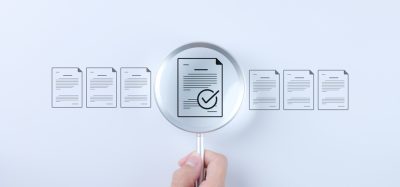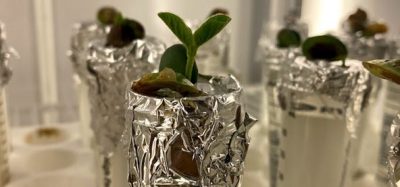Setting the standard for frozen wild seafood
- Like
- Digg
- Del
- Tumblr
- VKontakte
- Buffer
- Love This
- Odnoklassniki
- Meneame
- Blogger
- Amazon
- Yahoo Mail
- Gmail
- AOL
- Newsvine
- HackerNews
- Evernote
- MySpace
- Mail.ru
- Viadeo
- Line
- Comments
- Yummly
- SMS
- Viber
- Telegram
- Subscribe
- Skype
- Facebook Messenger
- Kakao
- LiveJournal
- Yammer
- Edgar
- Fintel
- Mix
- Instapaper
- Copy Link
Posted: 18 June 2017 | Kendall Whitney - Seafood Producers Cooperative | No comments yet
In Sitka, Alaska – a town of 9000 where 20% of the economy depends directly on wild salmon – there’s a well-known coffee shop decorated with images of fishing. The Highliner Coffee Shop sells a coffee mug printed with a Sanskrit quote: “To judge a thing one must know the standard.” On this mug, there’s a picture of Captain George Eliason’s salmon troller, the F/V Tammy Lin. The message insinuates that the Tammy Lin and Eliason’s fastidious attention to detail are the standard by which all other salmon are judged in the community. The Tammy Lin is installed with a freezer and Eliason produces frozen-at-sea salmon that once thawed in a restaurant thousands of miles away weeks, months, or even years later, tastes as if it’s only been out of the water for an hour or so – as fresh as it gets.
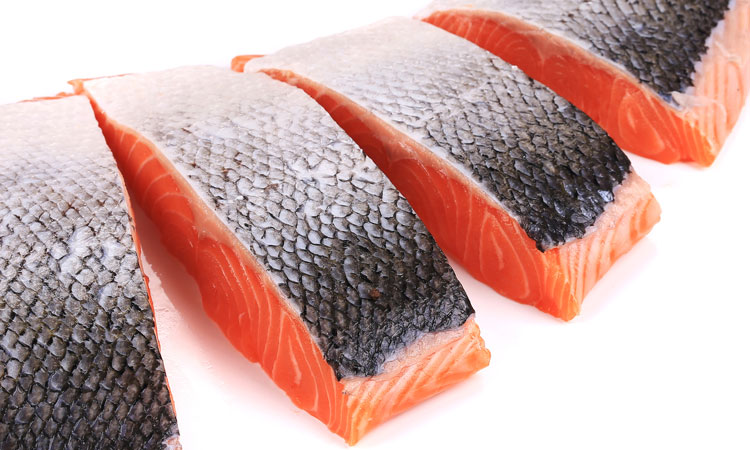

The sea-frozen salmon produced on freezer boats like the Tammy Lin are a specialty product for niche buyers who know and are willing to pay a premium. This article covers the process of what is entailed to reach that high ideal: the very pinnacle of seafood quality and the standard by which all other fish are judged. Certainly not every fisherman can achieve this standard, though George isn’t the only fisherman with impeccable attention to detail to produce outstanding salmon. Furthermore, most customers are not able to afford the premium price demanded for this pinnacle of quality. However, as is the case for any industry, we can start with the perfect ideal and work down from there.
There are numerous resources on the subject of freezing seafood, and Planning for Seafood Freezing by Edward Kolbe and Donald Kramer1 is one of the most extensive, well researched, and objective. Using Kolbe and Kramer’s principles, we’ll take a closer look at freezing seafood on a small vessel and how that helps to achieve the highest standard in seafood quality.
Frozen-at-sea at a glance
In the seafood world, we work with the following basic principles:
1) Once a fish is pulled out of the water, a clock starts ticking and with each minute – or better stated, with each step taken – the fish has potential to lose quality. What matters more than the element of time is the care given to the fish and the preservation method used
2) Once we pull the fish from the water, there is nothing we can do to improve its quality (assuming we don’t mask the fish’s taste with a sauce), so everything we do is to preserve its state as it emerged from the water.
So, let’s say that out of the water the fish is a 10 on a scale of 1-10. Certainly, there are additional factors that might affect its quality: it could have a cosmetic defect like a scar made by a sea lion; or the fish might not be perceived by a buyer as a desired species, or having come from a pristine place. However, for simplicity’s sake, we assume that the instant a fish comes out of the water it’s a 10 and everything that happens to it afterwards is a metaphorical line on a scoring sheet. In essence, the fish goes from being a 10 to a one. A careless cut, not getting the fish frozen before rigor mortis, or not getting every speck of blood removed from the fish are all demerits that would lower that score.
We work on the assumption that George Eliason and the work he does on the Tammy Lin is the ideal to chase, the standard by which all other seafood
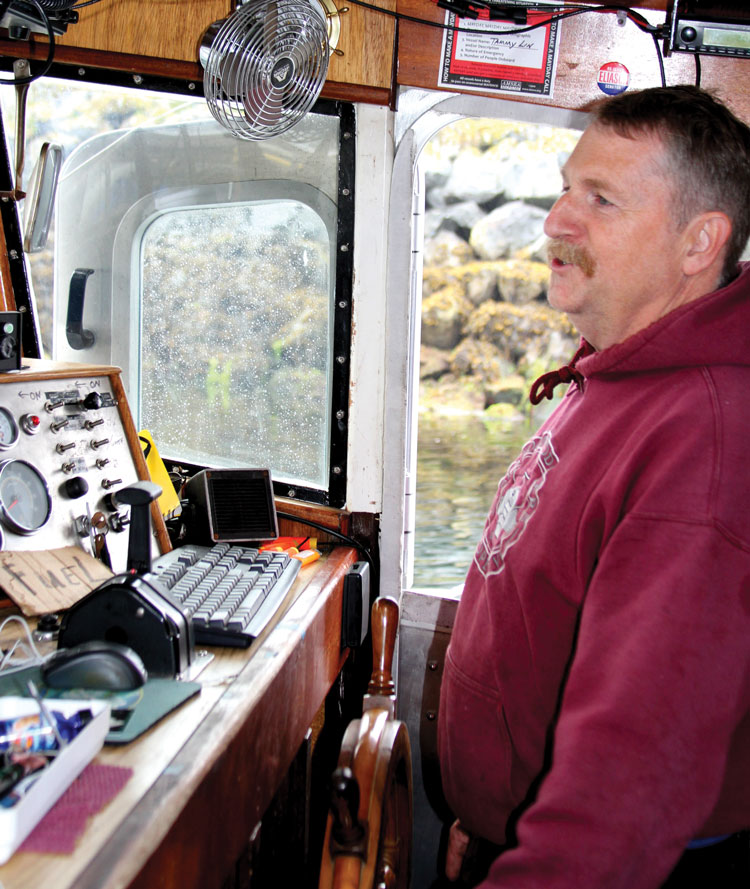

Captain George Eliason’s salmon troller, the Tammy Lin, is a freezer boat capable of producing frozen-at-sea salmon that, once thawed, tastes as fresh as it gets.
is judged. George fishes for wild salmon with hook and line methods (also known as trolling), which in theory produce the highest quality fish. Catching a fish by hook and line gives the fisherman time to handle each fish with the most care. Each fish is bled and dressed and handled with care. Less than 5% of Alaska salmon are caught by trollers and only approximately 15% of the trolling fleet has a freezer installed on their boat to produce the highest quality sea-frozen salmon. Furthermore, few fishermen are as fastidious as George Eliason, who lives by the motto of doing things right the first time. In answer to my questions about why you would produce fish his way over that of another, George is incredulous: you cannot sacrifice quality for any reason in George’s mind, and he considers that deviating from his methods would only negatively impact said quality. Given the grading sheets for George’s fish deliveries, it’s difficult to argue with him on matters pertaining to seafood quality. George delivers an extraordinarily high percentage of ‘perfect 10s’, which in the traditional seafood world are graded as ‘Number Ones’.
Trollers that install freezers on their boats have two distinct motivations when they decide to install a freezer on their boat as opposed to carrying ice: 1) they get on average a 20-30% premium price for their fish versus that from an ice boat; and 2) they can extend their fishing trips to as long as 21 days. A troller that keeps the fish cold by means of just ice must find a place to deliver fish within 3-5 days at most. They must either return to town to deliver fish to a processor, or find a tender boat where the fisherman can deliver fish and stock up on ice. Having the freedom to keep fishing for 21 days saves time and money on trips back to town and opens up new territory to explore for fishing. On average, a boat with a freezer can spend two more weeks fishing per season than an ice boat, which means more fish and more money for the fisherman, with or without the premium paid for sea-frozen salmon.
Here’s how that freezer works. George has a 25kW genset, which runs a 25 horsepower engine, whose motor runs a compressor that keeps the air temperature in his freezer at close to -48℉ (-44℃). This cold air keeps the fish in the Tammy Lin’s hold as cold as -37℉ (-38℃). Other fishermen might be content with -20℉ (-29℃), but George wonders why. Everything George aims to do is to get the fish as cold as possible as quickly as possible. The ideal is to preserve the fish in a frozen state before it reaches rigor mortis. Cleaned and pressure bled with a pipette, the fish caught on a freezer boat are placed in the freezer hold while the fish’s heart is still beating on the deck of the boat. A freezer can reach temperature depths of -37℉ (-38℃) within about six hours. Physiologically speaking, time stops. The fish’s entire flesh breakdown halts at this point, including key enzymatic processes that occur at a cellular level, which affect texture and taste. The fish literally becomes frozen in time within hours, which is much faster than any fish sold in most fresh market situations can reach its customers.
The Tammy Lin has a 17,000-pound capacity hold and once it’s filled George can return to town to deliver the fish. He estimates that the freezer burns a gallon of diesel per hour, but of course becomes more efficient with more fish in the hold, as the ambient temperature lowers.
George has a ‘custom’ set-up, having bought parts through a broker in Port Townsend, Washington. A fisherman could also get a ‘drop-in’ freezer set-up – there are a variety of companies who manufacture and help to install freezers for fishing vessels.
A critical point is the importance of having an extremely well insulated hold. Fishermen who add freezers to their boats with poorly insulated holds not only run less efficiently, but cause frost build-up and their fish won’t reach those colder temperatures as quickly, which sacrifices quality. The Tammy Lin is so well insulated that, with no air leaks, defrosting the hold causes the hatch to pop open.
For most salmon trollers, blast freezers that blow freezing wind at 10 knots over trays of frozen fish, are the preferred freezing system, but for some fishermen seeking albacore tuna, a number prefer the brine system. A shrimp fisherman will often use a plate freezer. It must be acknowledged that there are a number of schools of thought regarding the optimum freezing method for fish, as scientists at the Oregon State University’s Seafood Lab have studied. Edward Kolbe, Cormac Craven, Gil Sylvia and Michael Morrissey’s ‘Chilling and Freezing Guidelines to Maintain Onboard Quality and Safety of Albacore Tuna’2 runs through the pros and cons of each freezing method, as well as the most critical principles to consider when running a freezer on a tuna fishing vessel.
The guiding principle, as it is with frozen-at-sea salmon, is to get the fish as cold as possible as quickly as possible. In the case of tuna, their body temperature coming out of the water might be as high as 80℉ (27℃) at its core. Having a deck tank with chilled sea water helps ensure that the fish gets cold (ideally to 40℉) as quickly as possible before putting it in the freezer, which improves flesh quality, reduces freezer energy load and minimises temperature fluctuation in the hold. Maintaining colder temperatures minimises autolytic degradation that can cause histamine build-up in a warmer water fish like tuna. Warm fish bring ambient heat, which impedes the freezer’s efficiency and its ability to keep all fish in the hold as cold as possible. This chill rate will also depend on fish size, ambient air temperature, or the water temperature in a deck tank and a ‘rapid rate’ depends on the eye of the beholder. The heat transfer coefficient will affect freezing time and an appropriate catch rate should be determined for the vessel’s freezing system and hold. The initial freezing point of a fish will depend on its moisture content but is typically around 28-30℉. Freezing too slowly causes dehydration; increased enzyme activity; lessening of quality and spoilage; and protein denaturation – meaning that muscle proteins have unravelled from their coiled state which decreases their ability to hold water molecules. Upon thawing, the water drains away as drip loss.
Freezers enable greater fish quantities
As noted above, once the fish is harvested there is no way to improve its quality, but you can slow down the rate of quality deterioration by properly handling the fish on board; freezing it quickly; and storing the fish at a temperature that does not fluctuate. This is the ideal for frozen seafood – the proverbial ‘perfect 10’.
There are a number of technical barriers to entry for a salmon fisherman installing a freezer on his or her boat. Firstly, some fishermen don’t want to
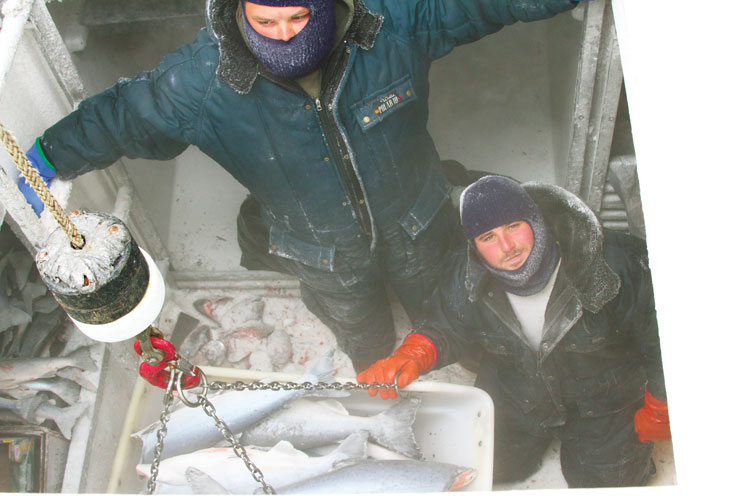

The Tammy Lin has a 17,000-pound capacity ‘custom’ set-up hold.
stay out at sea for the 21 days that the freezer allows. Those fishermen forgo the premium dock price, but there is certainly also a romance to not having to hear a generator run all night. George ‘sleeps with one eye open’ while fishing, so the noise of a generator running all night doesn’t bother him. In addition, George hired an extra hand when he installed the freezer because of the extra steps required. The Tammy Lin runs a crew of three, including the captain. The extra hand makes the ‘big days’ of 400 fish far easier. An average to good day of 100 or so fish is manageable without the extra help, but boats that run a crew of just two can end up sacrificing quality, burning themselves out working a succession of 20-hour days, which would be the norm in an Alaska summer salmon season. George’s deckhands work quickly and carefully, cutting heads off, making belly incisions, gutting the fish, pressure bleeding it with a pipette, and carefully stowing it on aluminum trays, using a batch system to make it goes as efficiently as possible. In addition to cleaning and pressure bleeding with a pipette pre-rigor, George has at least three hoses running, to clean the deck.
Once a fisherman installs a freezer on their boat, they have to become licensed as a ‘direct marketing fisherman’, and their boat essentially becomes a ‘portable processor’ with a HACCP plan and paperwork to fill out 4-6 times a day. George notes such aspects as numbers of fish caught; parts per million in the bleach solutions; where they dumped their head, etc. As a processor George needs to have a tarp over his deck – which acts as his processing area – whereas ice fishermen can work with the sun (or other elements) above them. Having to comply with regulations from the Department of Environmental Conservation and even Homeland Security becomes part of the workday for a direct marketing fisherman producing a frozen-at-sea product. More taxes to pay and regular inspections also become a concern.
Other little details matter, too. George says he goes through a lot more knives on his freezer boat, as the extra steps require more cutting. An ice boat will leave town with a few thousand pounds of ice that serves as a stabilising ballast. George added some rolling stabilisers to help his freezer boat when empty. Each light in the freezer hold needs to be covered in the event it is bumped and broken, to prevent it contaminating the fish with broken glass. He puts a 6% seawater glaze on his fish and maintains a bleach solution into which fish are dipped.
Probably the biggest, somewhat unspoken, barrier to entry of installing a freezer onto a small fishing vessel, is finding a market for a fish of that quality. Restaurants rarely have sufficient space in which to thaw frozen-at-sea fish, and might only take a few fish at a time. Fewer chefs have the ability to break down a whole fish. Nevertheless, when put in blind taste tests, a frozen-at-sea salmon is going to be as good as a fish that has just been pulled out of the water. You also get the added benefit of more efficient, hassle-free transportation once it’s frozen, and a far longer shelf life. The troll-caught frozen-at-sea wild salmon is a standard by which all other seafood is judged. Reaching that standard isn’t for the faint of heart.
About the author
Kendall Whitney is the Marketing Manager for Seafood Producers Cooperative, responsible for creating a clear and consistent message for SPC brands across the website, social media and all other communications. Building from scratch a direct-to-consumer sales initiative (www.AlaskaGoldSeafood.com) for a cooperative that has been delivering quality fish to sushi producers in Japan, fish smokers in Brooklyn and Europe, and stores like Whole Foods.
References
- Kolbe, E. Kramer, D. (2007) Planning for Seafood Freezing. Sea Grant Alaska. University of Alaska Fairbanks
- Kolbe, E. et al. (2004) Chilling and Freezing Guidelines to Maintain Onboard Quality and Safety of Albacore Tuna. Oregon State University.
Issue
Related topics
Equipment, Processing, Refrigeration and freezing, Temperature control






